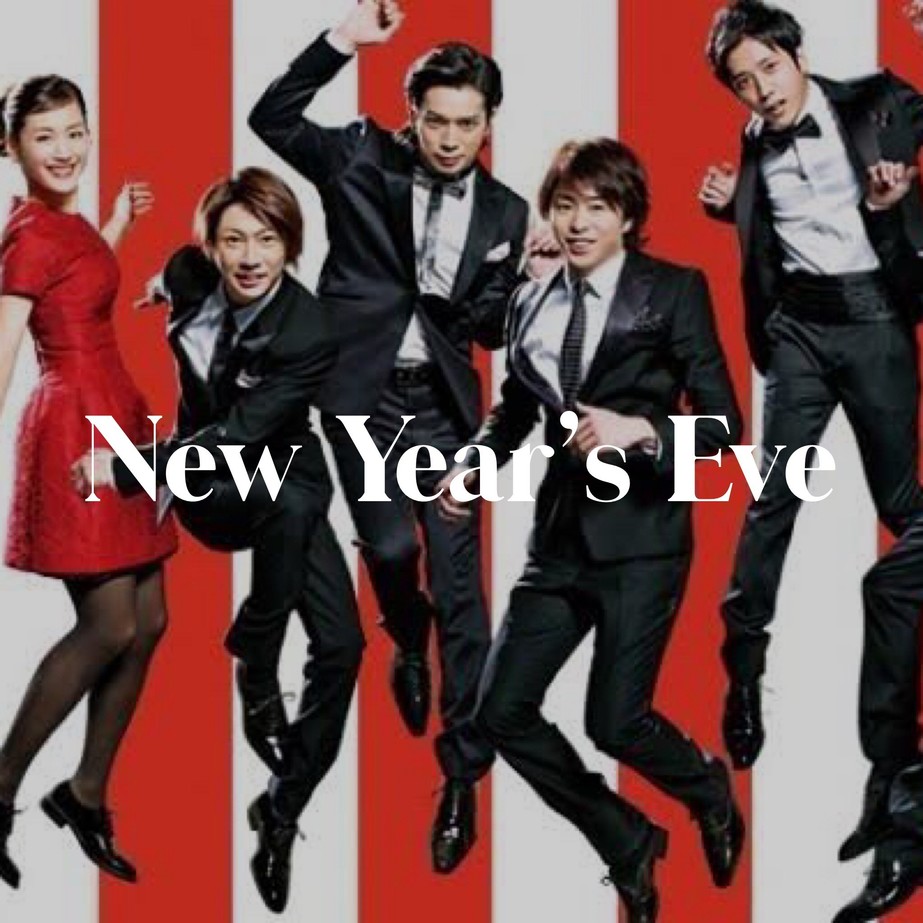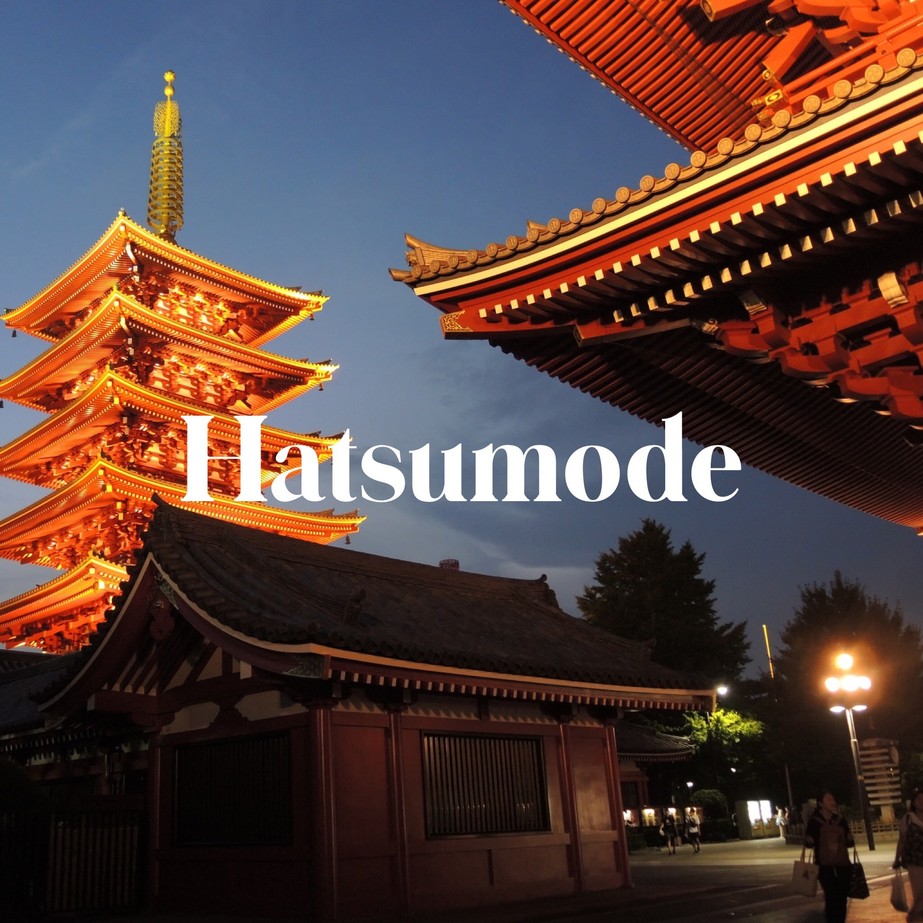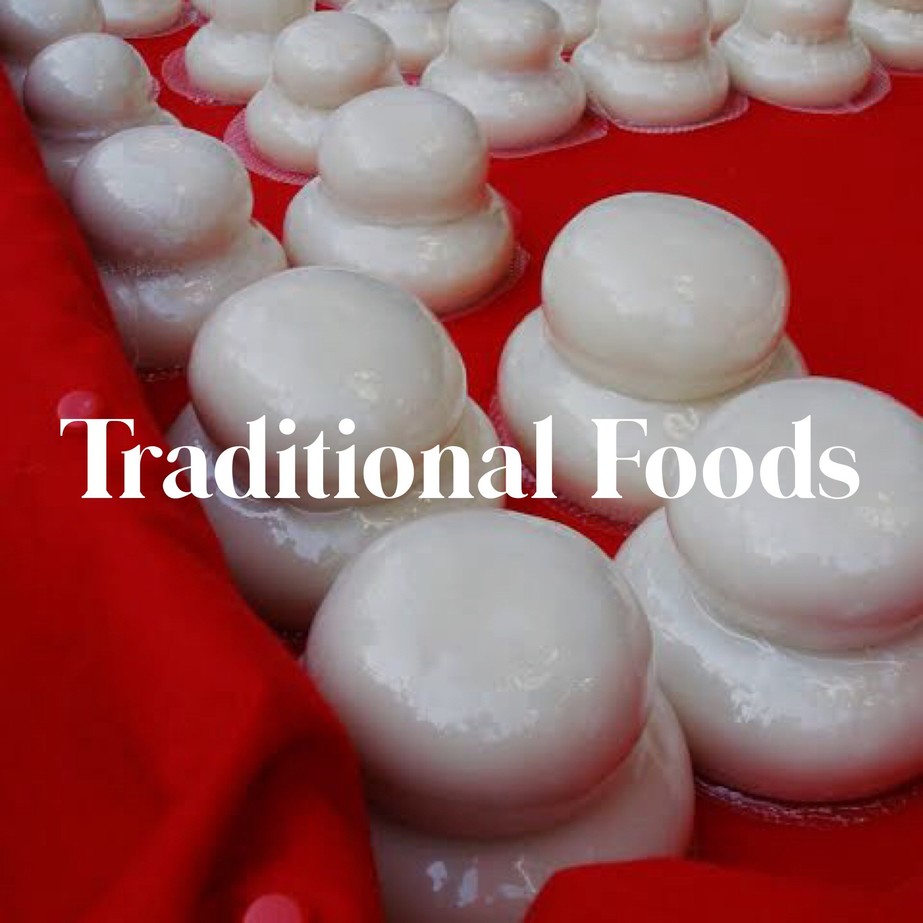Celebrating the New Year in Tokyo
Ready to Find the Best Sitter for Your Family?

Celebrating the New Year in Tokyo
2019-12-19
Celebrating the New Year in Tokyo is a unique experience. Throughout Japan, the holiday carries a lot of significance and as such, there are plenty of one-of-a-kind customs to enjoy.
From raucous countdown parties on New Year's Eve to centuries-old traditions on New Year's Day, there are opportunities to commemorate the holiday no matter what your speed. Keep reading for some great ideas on how you and your family can celebrate the New Year in and around Tokyo!

New Year's Eve
At the stroke of midnight you expect to hear bells! Buddhist temples around the country will strike their bells 108 times to literally ring in the New Year. Time Out Tokyo has a great round-up of the temples in Tokyo that participate.
If you're staying in for the evening, be sure to watch Kohaku Uta Gassen, a long-time tradition in many Japanese households. The show features some of the country's most famous musicians, competing against one another in singing competitions, for four hours. It's been broadcast (first on radio) by NHK since 1951.

Countdown Parties
Though you aren't likely to see any massive fireworks shows at midnight in Tokyo, that doesn't mean that your New Year has to start quietly! There are several large countdown parties planned around the city. These are definitely not kid-friendly events, however, so be sure to book a sitter if you plan on joining in on the adult fun.

Shrines and Temples
The first trip of the year to a shrine or temple is so important to Japanese culture that there is a specific word for it: Hatsumode. While any shrine or temple is worth a visit if you'd like, several in and around Tokyo host specific events to commemorate the holiday.
Grab all your fox and fox-adjacent paraphernalia for this annual event in Kita. It begins on New Year's Eve and carries through the early hours of New Year's Day.
Celebrate the New Year from atop Mt. Takao with many other revelers! Fire rituals and conch blowing help to make for an auspicious 2020.
1 - 10 January
Visit the temples and shrines of the Seven Lucky Gods to collect stamps that will surely guarantee you a happy and healthy 2020!
8 January
Participate in a ceremonial burning of New Year's decorations in this unique ritual. The smoke is supposed to keep you safe from sickness in the year ahead.

Traditional Foods
As with any holiday, the New Year is best celebrated with a delicious meal! Consider learning a recipe or heading to a nearby restaurant to indulge in one of these tasty osechi-ryori (お節料理) dishes.
Daidai are bitter oranges native to Asia. Their name translates to "several generations," so it holds a special place in New Year's decorations, as well as on top of kagami mochi.
Kagami Mochi have been served since the 14th century. Consisting of two or three stacked mochi, they have several meanings: the sun and moon, the new year and the old, yin and yang.
Ozoni is a soup that also features mochi (notice a theme?). It's said to have originated in samurai culture and is considered a very luck meal to consume in the New Year.
Seven-herb rice soup (nanakusa-no-sekku) is traditionally eaten on the 7th day of January to ensure health and prosperity in the year ahead. Made with herbs associated with springtime, the soup is a yummy way to ward off evil.
Toshikoshi soba is best eaten on New Year's Eve to symbolize strength (buckwheat is a resilient crop) and letting go of the past year's troubles (because soba is an easy noodle to eat).
Recent news
Take Advantage of the Benefits of Joining СareFinder!
Find the best babysitter for your family today!



